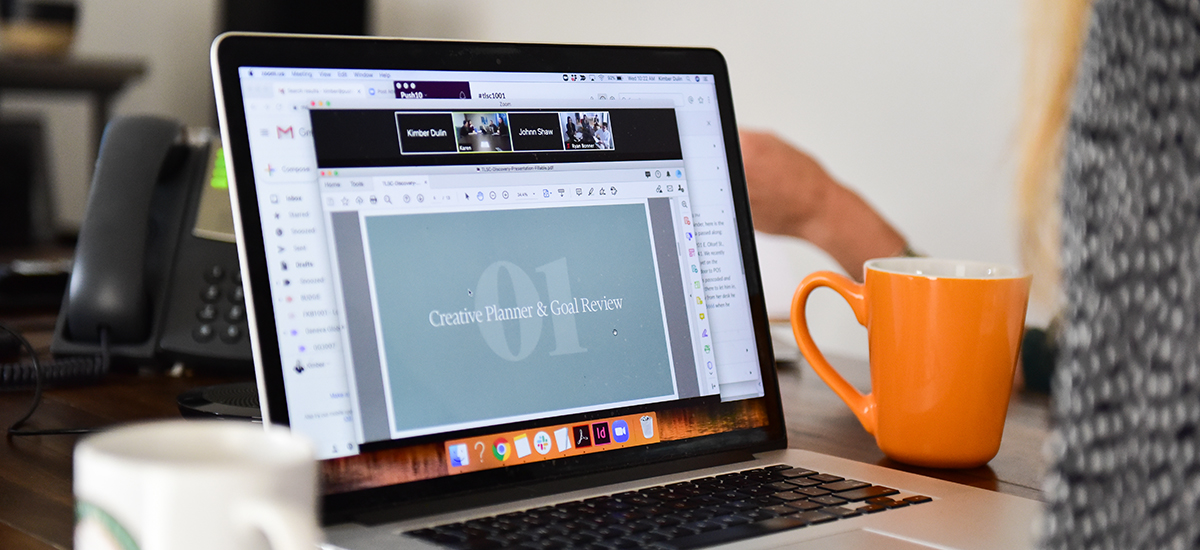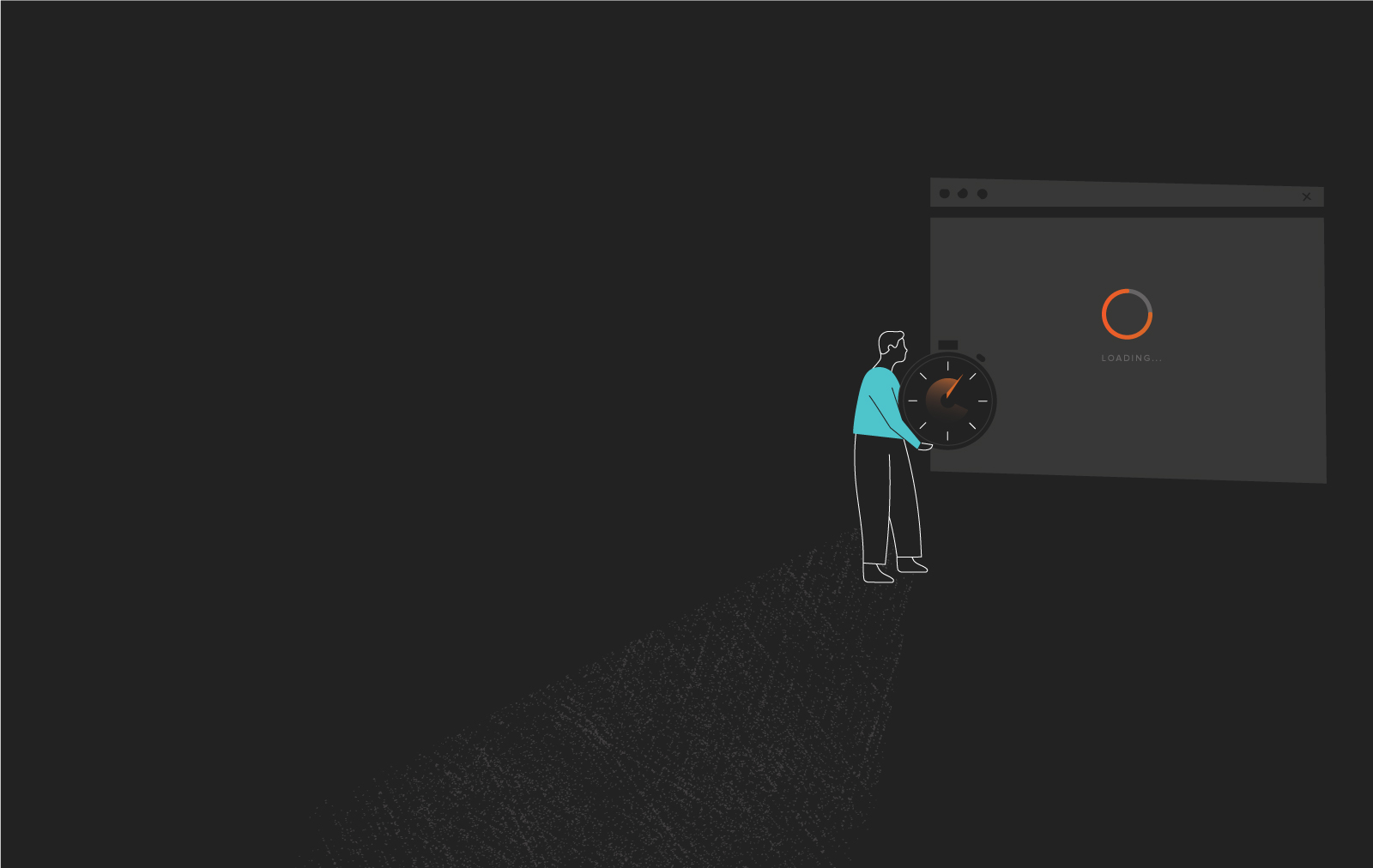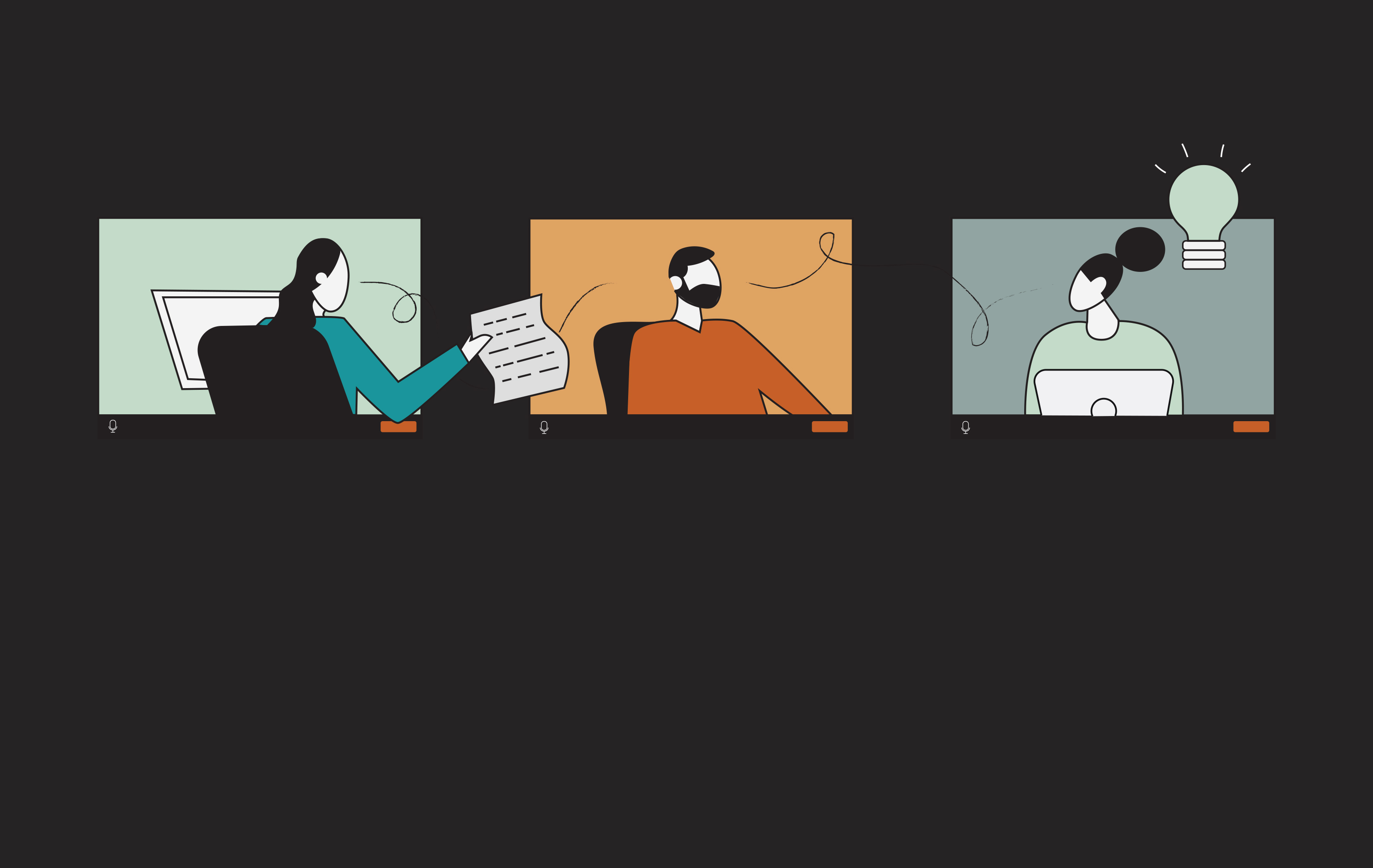November 25, 2020
How to Get the Best Work From Your Branding & Web Design Agency

Working with a creative agency is a partnership just like any other. It requires transparency, trust, and a willingness to put in the work from both sides. In order to get the best work from your creative agency, consider the following five areas:

Share the Good With the Bad
Every organization has a set of weaknesses alongside their strengths. These could be deeply entrenched institutional politics that cause bottlenecks or disagreements, certain team members that feel neglected or out-of-the-loop, or branding that is diluted, contradictory, or confusing.
In order for your creative agency to recommend the most effective solutions for a branding or website project, we need to have a thorough understanding of what’s not working.
There can be a tendency to shield your agency from opinionated stakeholders, discrepancies in goals between departments, or failing engagements. Creative shops like ours want to see both the bright spots and dark, because there’s a chance we’ve seen your problem before and can offer a better process, a more intuitive UX fix, or a more considerate research plan that uncovers the underlying reasons for these issues.
Thoughtfully Consider Stakeholder Involvement
Stakeholders can make or break a project. Before we even begin a project, we ask questions about your stakeholder involvement — not just who needs to weigh in, but for which deliverables, which workshops, and at which stage of the process each stakeholder, or stakeholder group, should be included.
Stakeholder involvement is important for several reasons and helps you get better work from your branding agency. Reasons why include:
A Global Perspective – Stakeholders can provide high level perspectives that might otherwise be missed or misunderstood by the immediate working group. This is especially true if your organization serves multiple audience segments, has partnerships with other entities or has an international reach. Individual stakeholders can provide a supplementary perspective to ensure that the work being created will resonate not just with the backgrounds of those on your agency’s team, but with all its key audiences. This helps alleviate any potential biases and avoids the issue of constricted vision.
Depth of Knowledge to Share – While the agency you work with might have a great deal of experience in your industry, there are still differences from organization to organization. Stakeholders can deepen your agency’s understanding of your organization’s specific process, goals, audiences, and functions.
Being Heard – So much of involving stakeholders is about them feeling heard. While stakeholders are rarely the decision-makers on a project, they can certainly sway the end result, as well as provide a valuable perspectives. By including stakeholders in the process, you are letting them know that their thoughts and ideas are valid and are being considered. Involving stakeholders, even in a purely conversational manner, helps to avoid backpedalling or needless overhauls later on in the project.
Come Prepared to be Collaborative
Projects should always be collaborative in nature. At Push10, we see ourselves as partners and not dictators of process and ideas. The most detrimental types of client partnerships are those that resist collaboration—either by expecting everything handed to them with no feedback in return, or those who want to dictate process and deliverables with no inclusion from the creative agency team.
“The most detrimental types of client partnerships are those that resist collaboration”
Ask questions early to your project manager about the project process. Outline who on your team should be involved and ask how your team will be involved so you can prepare. Let your project manager know how your team works best and when your team works best, as they may help determine what types of exercise your agency utilizes to get the most information and input from them.
For example, perhaps rather than responding in the moment, your team prefers time to ruminate before providing answers. Your agency can likely provide questions in advance so your team comes ready to participate. Or maybe your team is swamped with morning meetings and afternoons work better for creative thinking; let your agency know so they can schedule exercises or meetings into a timetable when your team feels most refreshed.
Provide Specific Feedback
Often when a deliverable is presented for brand strategy, logo design or website design, there are rounds of revisions outlined for that deliverable. To get the most out of your agency when providing feedback on a deliverable, be sure to provide feedback that checks the following boxes:
Consolidated – It’s not uncommon for several team members to provide feedback at once on a deliverable. Help your agency stay efficient and organized by sending consolidated feedback in one delivery versus several. This ensures that items aren’t missed and allows your creative agency to 1) get a more cohesive view of the revisions needed and 2) find discrepancies or barriers between revisions amongst departments that can provoke conversation.
Specific – Be sure that your feedback is as granular as possible, even if it feels like overkill. There is no such thing as feedback that is “too detailed,” but there is feedback that is too vague. Below are two examples of vague versus specific feedback, one for a Visual Brief and another for a Mission Statement:
- Vague Feedback: The color palette is dull.
- Specific Feedback: We like blue and green colors as the primary colors, but overall the palette feels a bit dull and dark. Perhaps we can brighten these primary colors or add a brighter accent color to the palette to break it up.
- Vague Feedback: We don’t really feel like this mission statement nailed it. It doesn’t quite capture the essence or the team’s spirit.
- Specific Feedback: We like the structure of the mission statement and the order of the elements, but we have some concerns about the word choices, specifically the usage of the word “innovative” as this word is a bit overused. We also think the “how we accomplish” section is missing a key element to our success as an organization: our rigorous research. We think the statement, overall, could use more powerful and action-oriented words.
Provide Examples – Providing visual feedback can feel daunting and sometimes it’s hard to put into words, but you don’t have to! Utilize examples to help explain your vision or what you’re imagining. These examples can be physical (brochures, packaging types, etc.) or digital (animations you’ve found, web apps, digital illustrations, etc.). The creative agency you work with is likely familiar with dissecting and parsing through visual examples, and can really help in understanding specifically what you’re looking for.
Expand Your Limitations
A good creative agency wants to be challenged and challenges their clients in return. Allow your agency partner to push their boundaries and explore new techniques. Be willing to take the leap of faith with your agency and let them nudge you further than you might have anticipated OR felt comfortable with. There’s a strong chance that your agency has a plethora of animations, illustrations, or rare functionalities hidden away in their treasure chest of ideas that they’ve been keeping for the ideal project to use.
If you’re ever uncomfortable with a suggestion, ask why. Ask for data. Ask for examples. Have a continued conversation with your creative agency so the design or brand story rings true for your organization and pushes beyond expectations.
Working with a creative agency can sometimes feel like a wide field of what ifs, should we’s, and maybe ifs. However, by pushing your organization creatively (and allowing them to do the same in return), having continued, open communication, and providing specific, tangible feedback, the relationship is primed to succeed and the work will follow suit.

